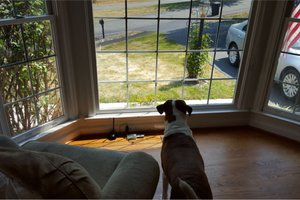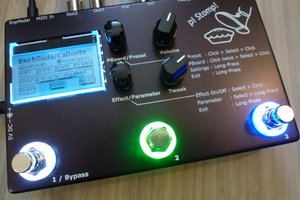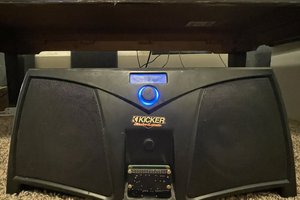NeuralPi was created out of a curiosity for machine learning and a passion for great guitar tone. I had developed several guitar plugins that use machine learning/neural networks, each building on what I had learned from the previous one. I had always had the idea of using this software to build a guitar pedal in the back of my mind. When I started digging into it, I found that much of the groundwork had already been done to make this a reality.
Using Elk Audio OS, a low latency Linux based operating system, I was able to convert my already developed neural network plugin into a stand-alone guitar effect running on the Raspberry Pi 4. The audio card (HiFiBerry DAC+ADC) was selected out of a desire to get the highest quality sound at the cheapest price. This card provides up to 192kHz/24bit, which is industry standard for high quality digital audio devices. In total, I would only have to spend about $150 to build the NeuralPi, and $50 of that was for the enclosure (optional) and the various audio adapters for using guitar cables with the HiFiBerry input/output.
Let me back up, why would someone want to use neural networks for electric guitar? It turns out that certain neural network models are well suited for the task of emulating the dynamic response of amplifiers and pedals (guitar effects). Musicians pay top dollar for amplifiers with expensive vacuum tube components, because they produce the best sound. Using machine learning, you can take input/output recordings of a particular amp and train a model to behave just like the amp circuitry at a specific setting. This method is effective at modeling tube amps and distortion/overdrive, as well as certain aspects of audio compressors.
 Keith Bloemer
Keith Bloemer


 Henry Conklin
Henry Conklin
 Roni Bandini
Roni Bandini

 Salim Salaues
Salim Salaues